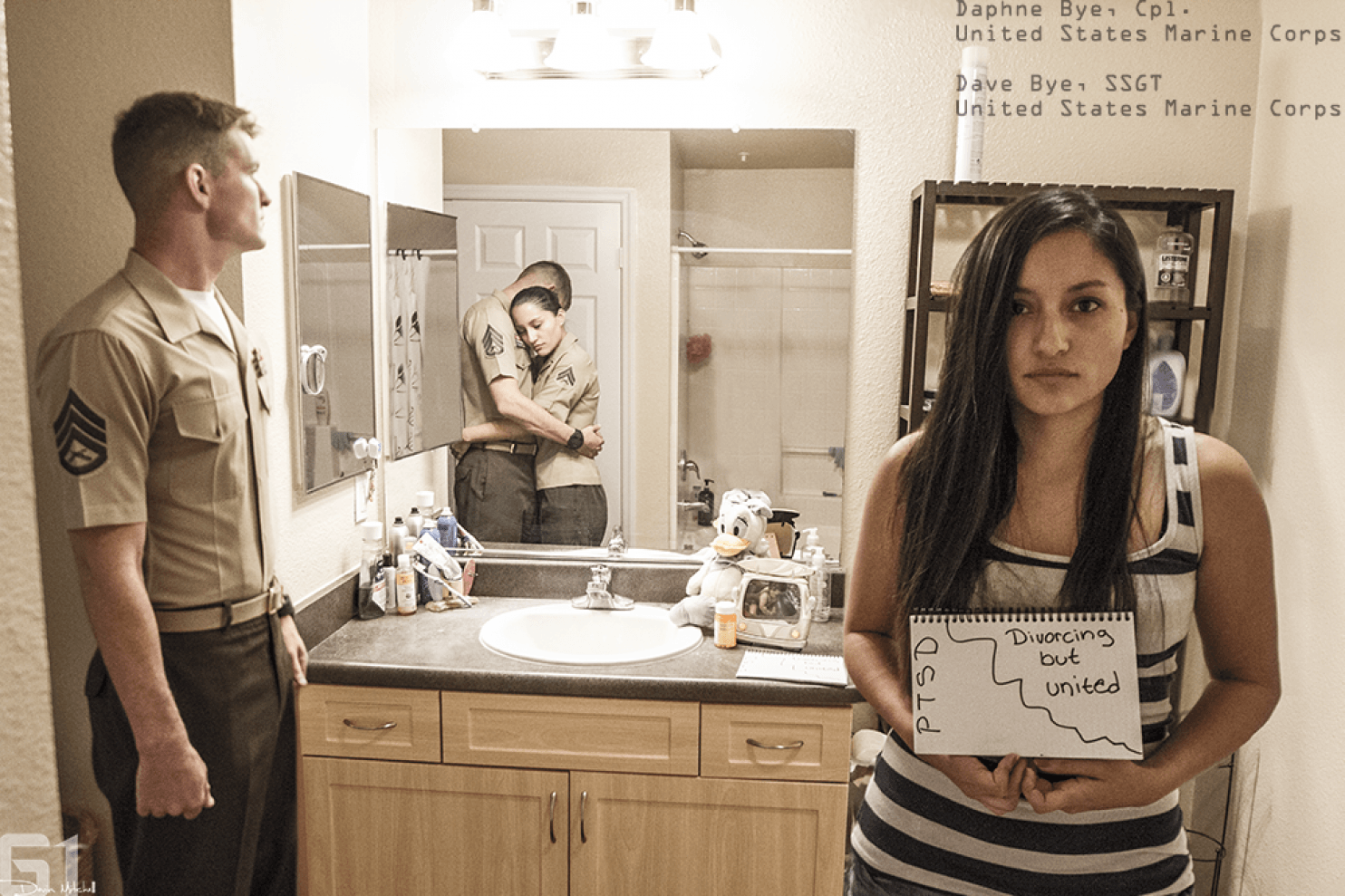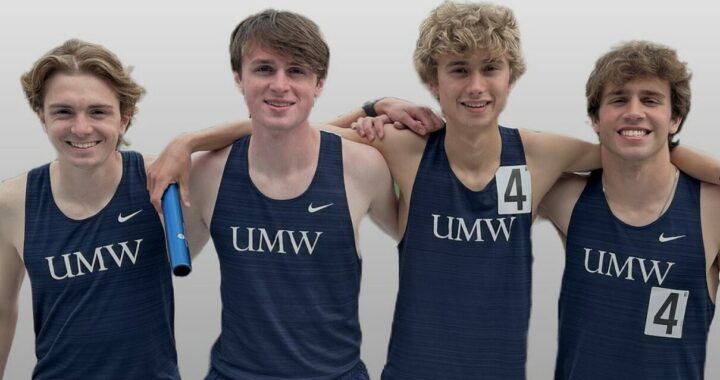Photo Campaign asks that we reflect on war and its affect on soldiers
3 min read
Veteran Vision Project
By ALEX SPENCE
As the daughter of a man who served in the U.S. Army, I know there are many stories, memories and moments to be shared once soldiers return home. However, I also know there are many serious stories and memories that are not so easily shared.
For example, Devin Mitchell, a junior at Arizona State University, began a project called the Veteran Vision Project, in which genuine images depict veterans and their daily struggles once returning home.
Beginning on Aug. 8, 2014, Mitchell traveled the West Coast in search of men and women who wanted to share their stories in a different, more conservative format.
“I specialize in trick photography, and it wasn’t until I had started building my photo essay for my grad school application that I figured I would look at a sociological issue…which is the double life that a lot of [veterans] live,” said Mitchell.
When Mitchell first began the Veteran Vision Project, the amount of people willing to welcome him into their home and pose for pictures were few. However, after his first five photos went online, his email began to fill up with story requests.
Mitchell’s campaign asked that the participants tell their stories through two still photographs while posing in a mirror. Mitchell would then proceed to take the two different stills and photoshop them into one powerful image.
The final photo would then display the two sides of a veteran, one in uniform and one after they have returned home. The Veteran Vision Project seeks to unmask issues “behind the uniform.”
Mitchell thought of this project as a way to help and heal while spreading awareness of disorders such as PTSD and the high rate of suicide among veterans.
A particular photo Mitchell shot revealed a husband and wife who both served in the Marines. In one photo they were holding each other in uniform, and in the next, the wife, Marine Cpl. Daphne Bye, held a sign that read “divorcing but united.”
Bye decided to speak up about her photograph, saying, “Even though we looked happy on the outside and that we truly did try for us and our daughter, there’s only so much you can do when the issues are within yourself.”
While some people chose to speak about their lives and their photographs, Mitchell did not require it. He did not interview them; he only asked to take their photo.
However, Mitchell would reveal that the people who participated in the photo shoot would then invite him to dinner or sit and talk with him for hours. It was almost as if he was able to experience a day of their lives. “Artistic journalism” is what he called it.
Brad Ivanchan, an injured Marine who participated in the project, overcame many obstacles after losing both of his legs in combat. One of these obstacles included climbing Mount Aconcagua, the tallest mountain in South America, only eight months after he lost his limbs in battle.
The success rate of those who climb Aconcagua is only 30 percent, but Ivanchan became the first double amputee in history to complete it, according to Tim Wayne Medvets, a writer for the Eddie Bauer official blog.
“Since the wars in Iraq and Afghanistan started, 2.5 million veterans have served in the armed forces and deployed. This project really helps tell their story after they’ve returned home,” said Ivanchan, who received a Purple Heart after serving in both Iraq and Afghanistan.
Mitchell now has a website that includes photos and documentaries of the men and woman who have participated in his project.
One specific documentary touches on the issue of suicide.
Jared Comini, who served in the Marine Corps, chose to pose for his photograph with a shotgun positioned under his chin. He admitted that suicide was definitely something he struggled with after returning home.
“I don’t do it because of my family, and because of my friends who don’t get to live. I keep going because they don’t get to,” said Comini.
Member of the U.S. Navy Kelli Serio was also photographed holding a gun to her head.
“These photos will raise awareness,” said Serio. “The power in seeing that, it can change everything. It might not be easy on the eyes, and people might not want to see them, but it’s very important.”











